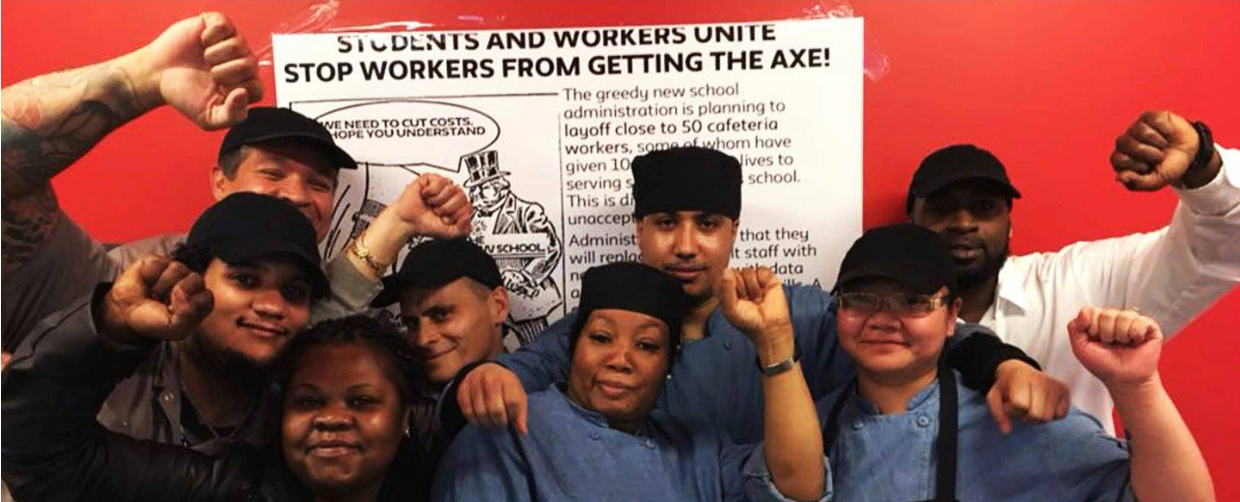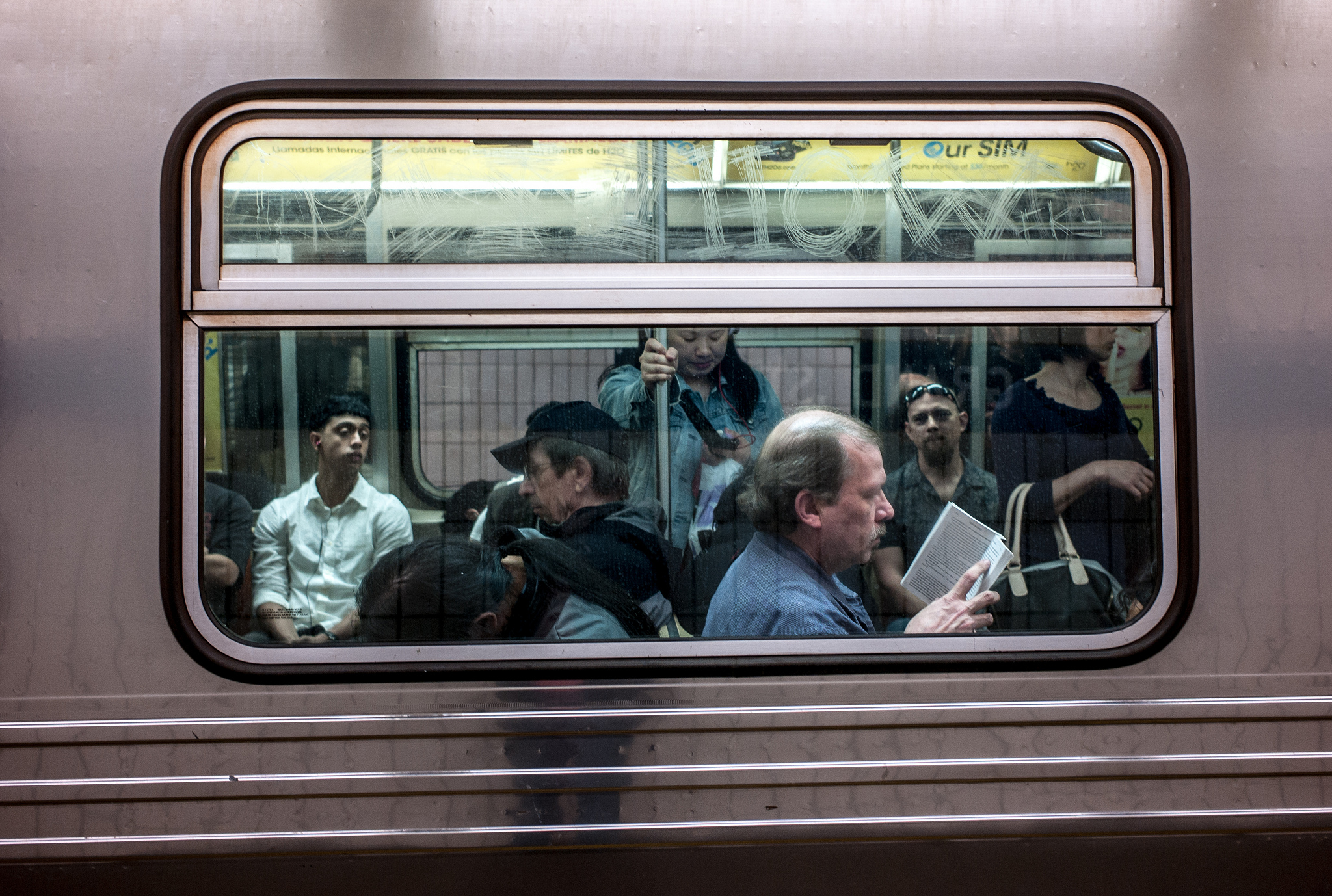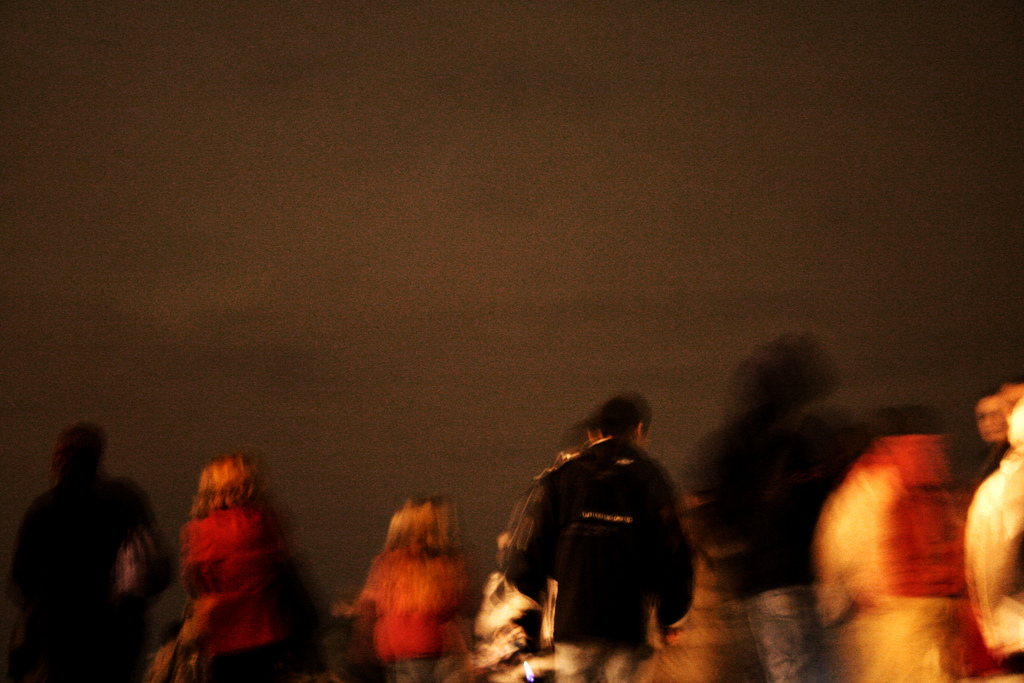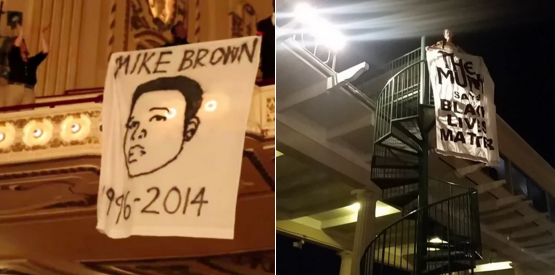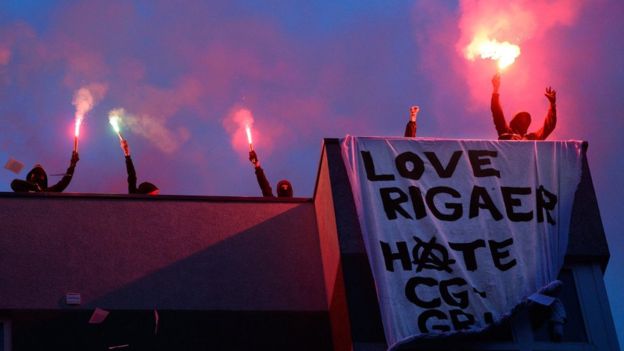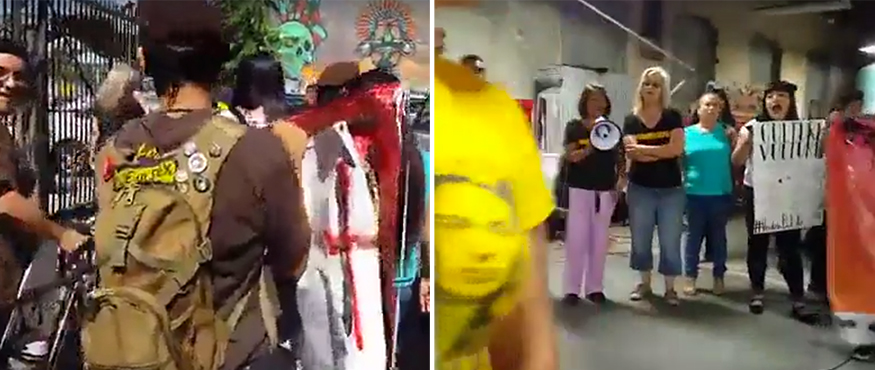Brooklyn Museum, We Await Your Response to the Call for a Decolonization Commission – Decolonize This Place via Hyperallergic, April 12, 2018
Last week, we issued a letter calling for the Brooklyn Museum to use the public anger surrounding its recent curatorial hiring decision as an opportunity to participate in forming a Decolonization Commission that would address deeply rooted injustices pertaining to the museum. These would include, among other things, the colonial history of the museum’s non-western holdings, the lack of diversity among its curatorial staff and executive leadership, the fact that the museum’s buildings sit on stolen land, and the museum’s role as an agent of gentrification in Brooklyn, which has been a long-standing grievance of community groups.
On Friday, the Brooklyn Museum issued its first official statement to the publicity crisis penned by director Anne Pasternak. It begins by noting that “we were deeply dismayed when the conversation about this appointment turned to personal attacks on this individual,” and goes on to affirm the leadership’s unequivocal support for the chosen candidate, who is praised for her educational credentials and “anticolonial approach to curating.” Not coincidentally, in our view, the statement was issued at the same time as the New York Times published an article on the controversy. That article directly bolstered the museum’s position while disregarding not only our call for a Decolonization Commission, but also the support and involvement of many Brooklyn community organizations, including Brooklyn Anti-Gentrification Network (BAN), Equality for Flatbush (E4F), and Movement to Protect the People (MTOPP).
[…] the Brooklyn Museum is out of touch with the communities at its own doorstep.
The tone of the museum’s statement is one of confidence and closure. It gives the impression that the dispute has been put to rest by the affirmation of institutional autonomy, sealed with scholarly authority. To us, however, the statement only confirms what many suspect, that the Brooklyn Museum is out of touch with the communities at its own doorstep.
To be clear, our aim was never to judge who is better trained in African art history, but to question the structural issues highlighted by the curatorial crisis. The Brooklyn Museum’s response dodges these issues by leaning heavily on the voice of Okwui Enwezor, a Nigerian-born curator who is also among the most influential figures in the global artworld. Enwezor’s voice is marshalled by the museum to confine the conversation to matters of scholarly qualification within the arts, and to defend the curatorial appointment. But with all due respect to Enwezor, the crisis currently enveloping the museum cannot be resolved by a deliberation between arts experts, regardless of their background. The controversy around the hire has now given way to public scrutiny of the foundations, the authority, and the governance of the art institution itself, and its accountability to the communities it claims to serve.
We belong to communities that are, at one and the same time, engaged in day-to-day struggles against settler-colonialism, white supremacy, patriarchal violence, police terror, mass incarceration, population displacement, deportation, economic precarity, and climate disaster. As Audre Lorde put it, “There is no such thing as a single-issue struggle because we do not live single-issue lives.” That is why we embrace an intersectional approach and it is reflected in the proposal we have put before the museum.
The moment is long overdue for American museums to acknowledge how and why they have been built on occupied land and filled with plundered objects. Contemporary art institutions are not exempt–they can no longer disregard the well-documented evidence about the role they play in helping to elevate local rents and displace residential populations.
Of course, the Brooklyn Museum is hardly alone; the Brooklyn Academy of Music has also fuelled the engine of gentrification in downtown Brooklyn. So, too, the American Museum of Natural History (AMNH) conducted a curatorial search last year, and failed, once again, to generate an Indigenous hire at a time when that institution was being pressed hard, by Indigenous, African American, and anti-colonial groups, to undertake a long-overdue reexamination of its exhibits.
As our original letter pointed out, the details surrounding the Brooklyn Museum hire are only a gateway to the broader structural changes that New York City museums should be undertaking today. We took the occasion to lay out steps necessary to decolonize the institution. The museum’s response pointedly ignored these suggestions, focusing exclusively on its autonomous right to make appointments in the absence of undue public pressure. We believe that institutions should have that right (even though they often discreetly bend in response to demands from wealthy donors or trustees), but nothing is gained by assuming an overly defensive posture in responding to criticism. And, in this case, the decision to avoid any mention of the decolonial programs or the concerns about gentrification outlined in the letter suggest that the problem may lie higher in the chain of authority.
Again, the Brooklyn Museum is not alone in its shortcomings. For the past eighteen months, as part of a larger coalition, members of Decolonize This Place and NYC Stands with Standing Rock have been meeting with officials and curators at the AMNH about the need to revise the colonial framework of its exhibits. While the individuals on the other side of the table acknowledge the challenge and the need for an overhaul, the force of institutional inertia appears to overwhelm them. Yet, diverse institutions, including the Denver Museum of Nature and Science, and the San Diego Museum of Man in the U.S., and others throughout this country and overseas, have taken significant steps on the road to decolonization. Why is New York — with its self-image of being ahead of the cultural curve — lagging so far behind?
Instead of sidestepping our call for a Decolonization Commission, we urge the leadership at the Brooklyn Museum to respond publicly and adequately to its substance. This is how cultural progress is made — through honest dialogue and commitment to follow through. For the record, we reproduce the substantive portion of the original call below.
The Decolonization Commission, which will include local stakeholders, would explore:
1) Territorial Acknowledgement of Indigenous land occupied by its buildings and giving material effect to such an acknowledgment in curatorial practices, programming, exhibitions, and day-to-day operations.
2) The deep diversification of curatorial staff and executive leadership whereby the lived experience of oppressions — including patriarchy, white supremacy, and poverty — are valued and factored in.
3) A decolonial inventory of colonial-era objects of both African and Indigenous people with a view to settling the long-pursued claims of reparations and repatriation.
4) An upgrade of working conditions and pay of ground staff — who are disproportionately employees of color — in security, food service, and janitorial divisions.
5) The replacement of Board president David Berliner and other trustees who are real estate tycoons with a broad cross-section of artists and community organizers.
6) The undertaking of a de-gentrification initiative to examine and mitigate the museum’s role in boosting land value and rents in the borough.
7) An institutional commitment to address the issues raised by the Boycott, Divestment, and Sanctions (BDS) movement in recognition of Brooklynites’ role in the settler movement in Palestine.
Now, as we await a more satisfactory response from the Brooklyn Museum, we are encouraging those who support our open letter to contact the following individuals to exert pressure:
Anne Pasternak, Director –
anne.pasternak@brooklynmuseum.org, (718) 501-6411
Sharon Matt Atkins, Chief Curatorial Director – Sharon.Matt.Atkins@brooklynmuseum.org, (718) 638–5000 ext. 269
Katherine Block, Board of Trustee Liaison –
Katherine.Block@Brooklynmuseum.org, 718–638–5000 ext. 178
Also, share your concerns online on social media with hashtag #decolonizebrooklynmuseum and include handle @brooklynmuseum
Signatories:
Decolonize This Place
Brooklyn Anti-Gentrification Network (BAN)
Flower Lovers Against Corruption (FLAC)
Equality for Flatbush (E4F)
Movement to Protect the People (MTOPP)
Mi Casa No Es Su Casa: Illumination Against Gentrification
NYC Stands with Standing Rock
Black Youth Project 100
Eagle & Condor Community Center
Bronx Social Center
Chinatown Art Brigade
Dancing for Justice
El Salón
Free University-NYC
Global Ultra Luxury Faction (G.U.L.F.)
Occupy Museums
People’s Cultural Plan
Take Back The Bronx
W.A.G.E.

